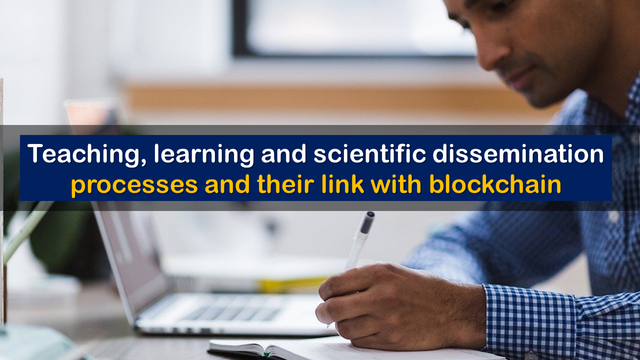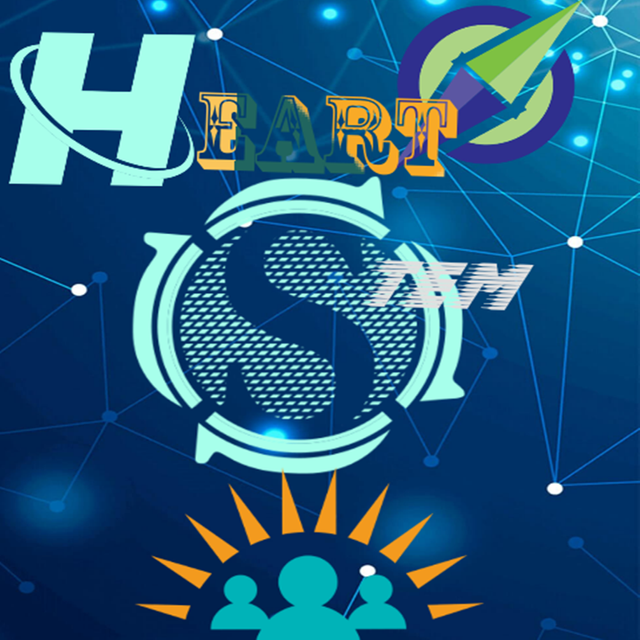
In this post I will be socializing content related to education and research, essentially some approaches related to increasing the number of academic publications on blockchain, and the advantages for teaching professionals and active and non-active researchers of capturing cryptoassets to improve their economic revenues.
Introduction
In recent years, education professionals and researchers in the natural, social and health sciences, especially educators, biologists, chemists, economists, accountants and many specialists in applied medicine have invested intellectual capital by publishing on blockchain.
This has allowed the number of academic publications on blockchain to increase exponentially, because professionals in the areas mentioned in the previous paragraph seek to capture cryptoassets that allow them to obtain positive economic benefits, as well as to publicize their teaching and learning processes and simultaneously socialize the considerable progress of their research work.
The educational and research content that can be found in general terms in blockchain is mainly about the functioning of the world around us, the study of life, the value of wealth, income, health, disease control and classes in specific areas such as English, mathematics, physics, chemistry, among other specialties.

Fig. 2 The use of blockchain in the processes of teaching, learning and scientific dissemination is growing rapidly. Imagen de dominio público, Author: Kreatikar, 2018
Academic quality and cryptoassets
Contextualization
Based on the context set out at the beginning of this publication, it is necessary to ask ourselves what the success of the dissemination of knowledge and the capitalization of cryptoassets on platforms such as #STEEM depends on. In particular, I believe that the academic quality of the publication is decisive, since a publication with good content has a high probability of being accepted and therefore receive support.

Fig. 3 Academic publications have a high probability of being accepted and therefore receive support within the blockchain. Imagen de dominio público, Author: Kreatikar, 2018
In addition to academic quality, another key point for users who socialize scientific information is the determination to relate to users of different professional and non-professional profiles, as well as the willingness to join groups related to their content niche, and finally to make use of specific scientific tags, in order to reach a greater number of users in certain areas of knowledge.
FINAL CONSIDERATIONS OF THIS PUBLICATION
It is relevant to mention that researchers in the natural, social and health sciences, who currently socialize scientific content with the purpose of capitalizing cryptoassets in this type of platforms, understand that it is a game of probabilities, whose net benefit depends, among other things, on the constancy, patience, time spent to create the articles, and the level of interaction we have in the multiple communities.
BIBLIOGRAPHICAL REFERENCES CONSULTED:
[1] Das S., Goetz M., and Girard L. Scientific publications on Web 3.0. 2009. Article: Online Access
[2] Stéphane G., Pierre H., and Benoit R. Monitoring and the Intelligence Cycle. Chapter 3. 2019. Article: Online Access
OBSERVATION


Hello dear @lupafilotaxia, do you mind dropping a comment on my post. Check it out via this link
https://steemit.com/hive-106951/@churchangel/why-i-would-make-a-good-steem-country-representative-for-nigeria-country-or-or-application-by-churchangel
Downvoting a post can decrease pending rewards and make it less visible. Common reasons:
Submit